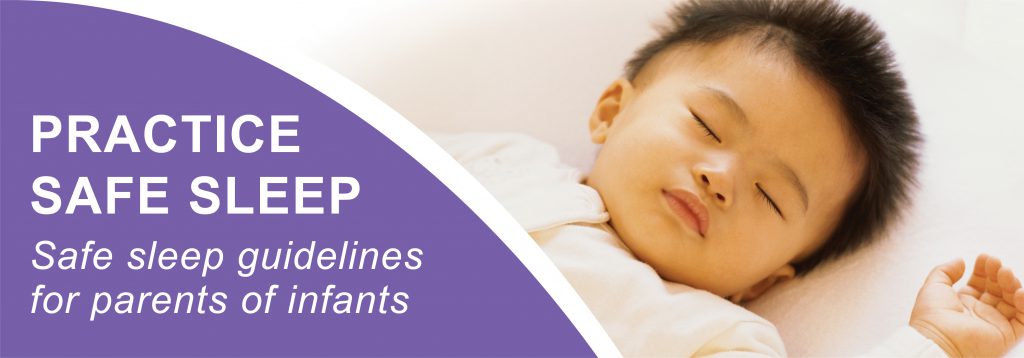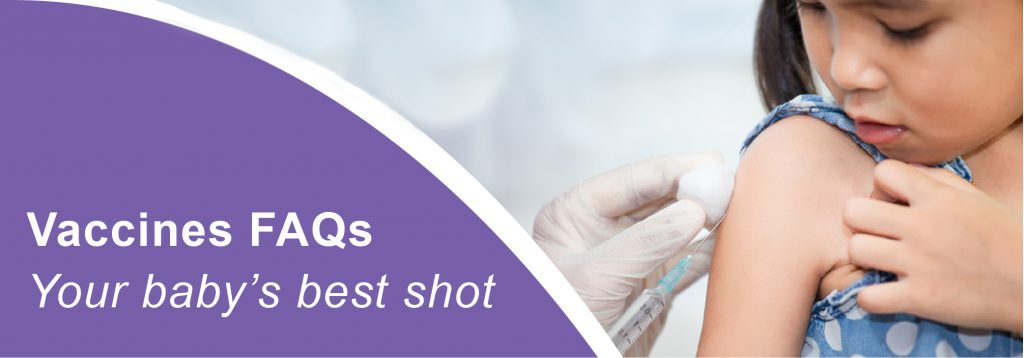
Safe sleep guidelines for parents of infants.
Source: American Academy of Pediatrics (AAP)
According to the Centers for Disease Control, there has been a major reduction in the number of baby deaths during sleep since the recommendation to place babies on their back to sleep was introduced in the 1990s. Today, there are a number of additional safe sleep practices to keep sleeping babies safe and sound. Read on for the latest guidelines for infant safe sleep from the American Academy of Pediatrics.
SAFE SLEEP:
- Put the baby to sleep in a safety-approved crib. Never place your baby to sleep on a couch, sofa, or armchair. This is an extremely dangerous place for your baby to sleep.
- Have your baby share your room, not your bed. Place your baby’s crib, bassinet, portable crib, or play yard in your bedroom, close to your bed. The American Academy of Pediatrics recommends room sharing because it can decrease the risk of SIDS by as much as 50% and is much safer than bed sharing. In addition, room sharing will make it easier for you to feed, comfort, and watch your baby.
- Put baby to sleep on their back. Some babies will roll onto their stomachs. You should always place your baby to sleep on the back, but if your baby is comfortable rolling both ways (back to tummy, tummy to back), then you do not have to return your baby to the back. However, be sure that there are no blankets, pillows, stuffed toys, or bumper pads around your baby, so that your baby does not roll into any of those items, which could cause blockage of air flow.
- Keep soft objects, loose bedding, or any objects that could increase the risk of entrapment, suffocation, or strangulation out of the baby’s sleep area. These include pillows, quilts, comforters, sheepskins, blankets, toys, bumper pads or similar products that attach to crib slats or sides. If you are worried about your baby getting cold, you can use infant sleep clothing, such as a wearable blanket. In general, your baby should be dressed with only one layer more than you are wearing. Do not overdress as the baby could overheat.
- If your baby falls asleep in a car seat, stroller, swing, infant carrier, or sling, you should move him or her to a firm sleep surface on his or her back as soon as possible.
SAFE CRIB:
- A firm, tight-fitting mattress
- No loose, missing or broken hardware or slats
- No more than 2 3/8” between slats (width of a soda can)
- No corner posts over 1/16” high
- No cutout designs in the headboard or foot board
- If you are unsure of the safety of your crib, call the Consumer Product Safety Commission (CPSC) at 1.800.638.2772
- For more information, visit the American Academy of Pediatrics at healthychildren.org and the Consumer Product Safety Commission at cpsc.gov
If you have questions or concerns about safe sleep practices for your baby, get in touch with your pediatric provider. Rest assured, they will help you and your baby get some much needed ZZZ’s, safely.

